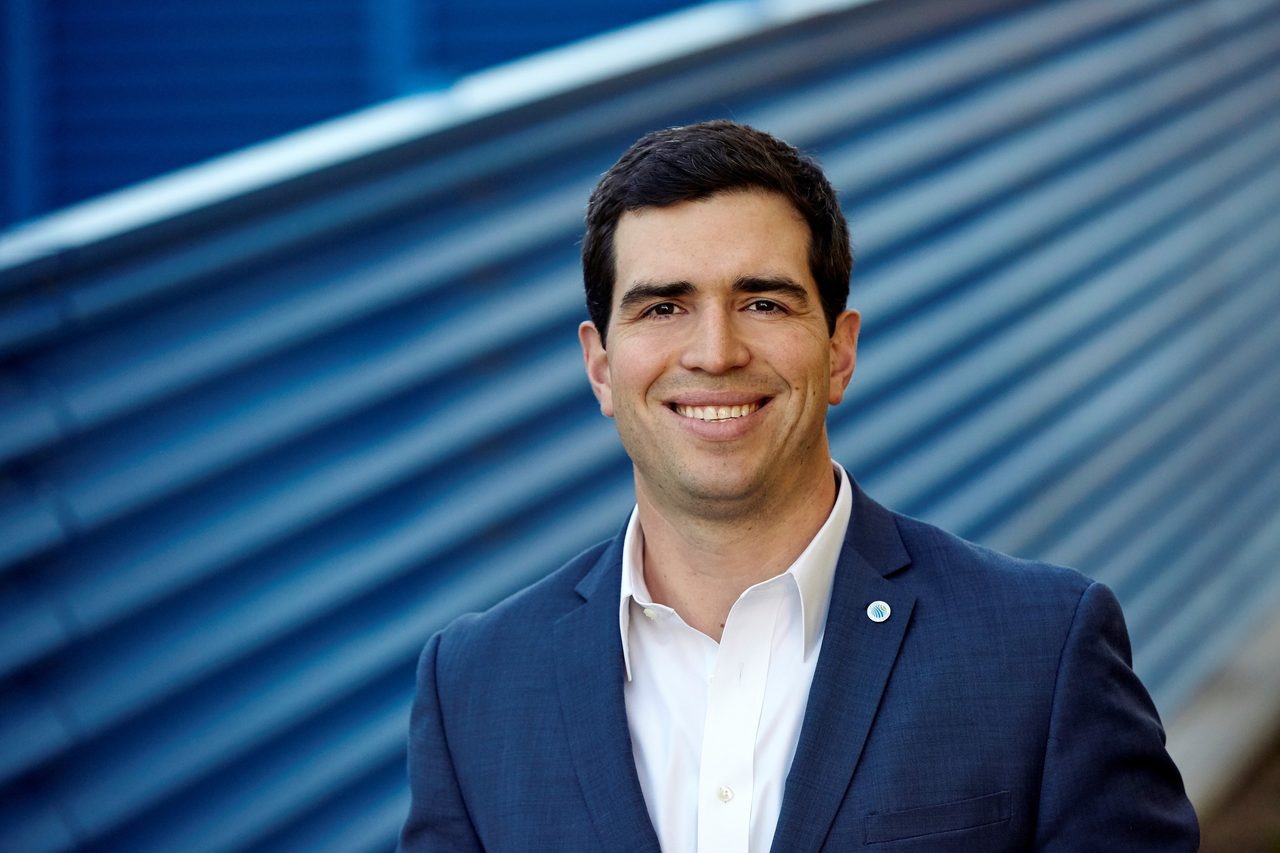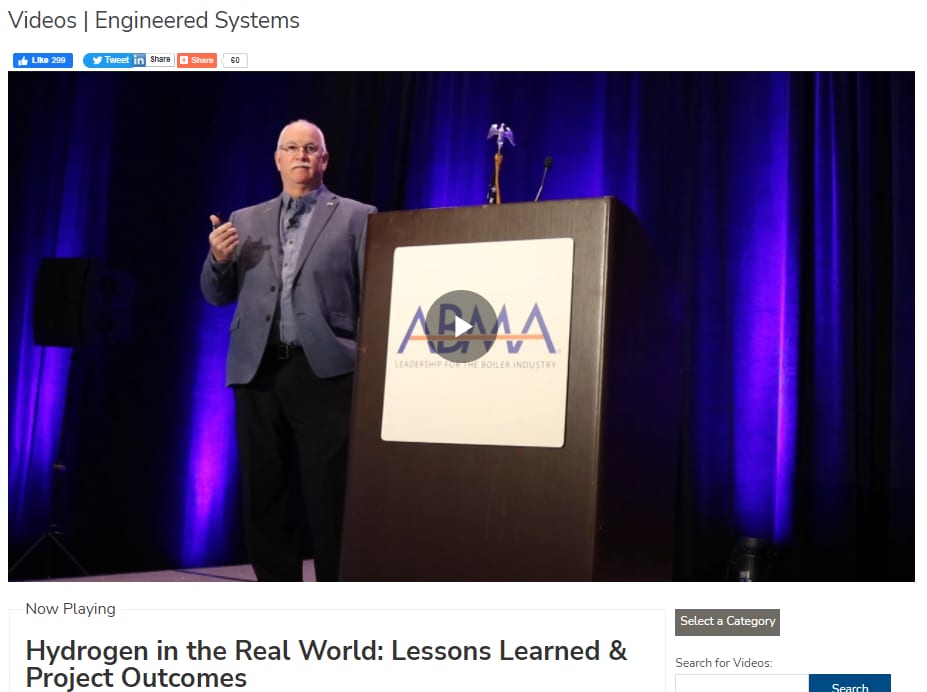
On The Internet
Every successful project starts with a framework. A vision statement. A blueprint. The staff of Engineered Systems is proud to present The Blueprint — a monthly Q&A interview with HVACR engineering’s leading voices. These one-on-one discussions examine the trade’s history, current industry trends, the factors shaping the sector’s future, and more.
In the most recent installment, Charlie Black, executive director of sales and marketing, Ruskin, discusses modern-day ventilation, the impact COVID-19 has had on the industry, what the company has cooking in research and development, and much more in the latest installment of the Blueprint.
Engineered Systems: Ruskin manufactures a wide variety of equipment, including dampers, diffusers, economizers, and more. How can engineers best utilize Ruskin’s innovations to help mitigate the spread of SARS-CoV-2?
Black: We’ve seen a shift toward higher ventilation rates and increased outside air, and Ruskin’s air control products fit in nearly any application to help that exchange while also reducing the spread of airborne contagions. The white papers I mentioned in this interview speak to this as does AIRFLOW-IQ, our airflow measuring station, which is factory calibrated to provide set point airflow control from 0-5,000 fpm.
Engineered Systems: Louvers have really evolved in a very short amount of time. Per Ruskin’s website, the company offers 14 different styles, ranging from blast-resistant units to extreme-performance units to sand-removal units. Talk about the evolution of louvers and how they’re best utilized today in commercial buildings.
Black: The biggest evolution happened back in the early 1990s, when Ruskin realized the AMCA 500-L still air test, which is conducted indoors, didn’t effectively demonstrate significant rain events. Realizing the standard didn’t serve the architecture/engineering (A/E) community and, respectively, the public, we developed our first wind-driven rain louver — the EME6625. The initial testing was performed in Ruskin’s lab with a special water penetration test we created specifically for the EME6625.
We worked with AMCA and the association membership to create a test method similar to the HEVAC test at BSRIA, which was implemented in 1995 and is part of the current AMCA 500-L test standard. The EME6625 became a part of the AMCA test rig, and a sample resides on the back wall of the water collection chamber. After the initial testing, Ruskin became the first manufacturer to mass produce a wind-driven rain louver, educate engineers about its applications and benefits, and make it widely available through our sales representative network. These new products led to many specification changes to design for wind-driven rain louvers and rethink the old design rules of thumb. Today, you can get outstanding performance at relatively high velocities — many times over 2,100 fpm free area velocity.
Read the entire interview on Engineered Systems’ website.


SCROLL
Percussive Maintenance is defined as the use of physical concussion, such as a knock or a tap, in an attempt to make a malfunctioning device (or person) work. In Engineered Systems’ Percussive Maintenance podcast, we’re poised to do much more than rattle the engineering industry’s exterior; we’re digging deeper into the subjects and topics that matter most with some of the industry’s most important names.
In the latest episode, Jenn Donahue, businesswoman, seismic engineer, and leadership coach, shares a few of the trials and tribulations she’s endured as a women in the engineering industry.
Click here to listen to the latest episode of the Percussive Maintenance podcast.


Hydrogen in the Real World: Lessons Learned & Project Outcomes
Bob Langstine, manager of power sales, North America, Zeeco, offers advice and insight regarding the use of hydrogen in boiler systems at ABMA’s 2022 Annual Meeting.
See the video on Engineered Systems’ website.

Commercial Comfort Products of the Year
Engineered Systems' Commercial Comfort Products of the Year Awards contest (CCP) was established to honor excellence in HVACR product design. The prestigious awards program showcases the most innovative products across eight categories: Commercial Controls/BAS/BIM, Cooling Towers/Chillers, Heating/Boilers, IAQ & Ventilation, Motors/Drives, Pumps/Flow Controls, Rooftop Units, and VRV/VRF.
Consumer features on many products are easily recognized and glamorized, but what about the time, effort, and expense that goes into creating a product that is actually preferred by those in the field? Engineered Systems’ editors are proud to disseminate these awards on inventive products that are designed with HVAC engineers in mind. The early bird deadline is April 20, and the final deadline is May 11.


Letters to the Editor
Letters to the Editor
SCROLL
The March Engineered Systems article "Decarbonization Solutions for Existing Hot Water Systems" by Yoni Butbul is not complete because it does not say when these concepts should not be considered.
Night setback and reset is required by ASHRAE 90.1 at:
- 6.4.3.3.2 Setback Controls;
- 6.5.4.4 Chilled- and Hot-Water Temperature Reset Controls; and
- By C403.4.2.1 Thermostatic setback (Mandatory).
Reset controls should not always be used in intermittently occupied buildings because there will often be insufficient hot water available to restore comfort temperatures. This can also cause uneven temperatures, with areas closer to the source of chilled or heated water being comfortable and those farther away being less comfortable.
Most commercial buildings are intermittently occupied, such as offices, schools, retail, and religious buildings. And most commercial buildings have localized random internal heat gains from people, lighting, equipment, and plug loads. Thus, the heating requirements in some spaces may have little relationship to outdoor temperature. Outdoor temperature reset of heating hot water may also not be able to satisfy the heating loads in all spaces.
Take, for example, an office building with interior temperatures that have been set back to 55°F over a weekend with outdoor temperatures in the 30s and 40s. If the outdoor temperature on Monday morning is in the 50s or 60s, the hot water supply temperature will not be high enough to bring the 55° building temperature up to uniformly comfortable conditions for many hours, if at all.
Where comfort conditions with hot water reset and setback cannot be achieved by the desired time, there is incentive to simply disable those controls and run around the clock at comfort temperatures all the time and to waste energy efficiently. We have seen this too often in many intermittently occupied buildings with outdoor temperature reset controls.
Larry Spielvogel, PE, CEng, FASHRAE, FCIBSE, FSLL
Consulting Engineer
Bala Cynwyd, Pennsylvania
spielvogel@comcast.net